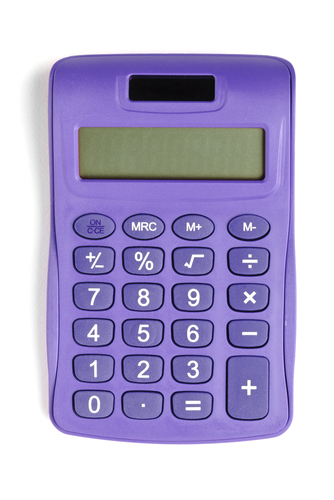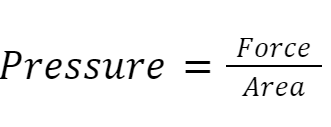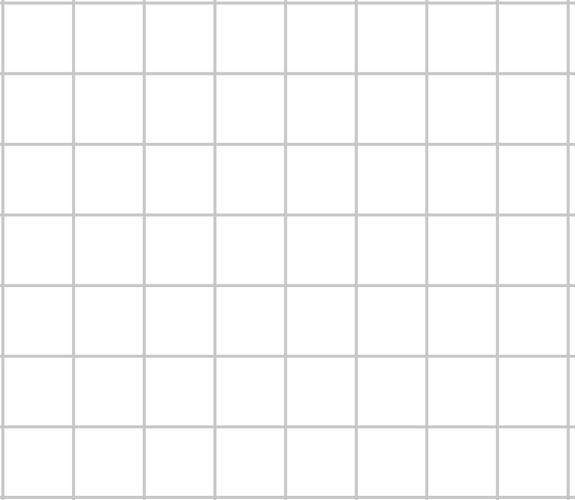We can use experiments in science to develop our understanding of concepts and calculations, and that is definitely true in the topic of pressure!
In this activity, we will be able to calculate the pressure of a person standing on the ground, and you can use this technique to calculate your own pressure. Let's get started!

Pressure describes how much force is applied, over a given area. The greater the pressure, the more the force is concentrated. A low pressure typically means that the force is more spread out. For example, walking across sand in stiletto high heels would be more difficult than walking with trainers because the small area of the bottom of the shoe makes the force of your weight more concentrated. You might sink into the sand.

We can calculate pressure using the equation below.
Here, force is measured in Newtons and area is measured in m2, or sometimes cm2. Pressure is measured in Pascals (Pa) or N/m2. We also sometimes use N/cm2
How can we figure out how much pressure a person causes when they are standing up?

If we know the amount of force we cause, and the area of our feet, we can calculate it! Let's start by finding out how much force a person causes.
When you stand up, the force acting down on the floor is your weight. Your weight can be calculated like this:
Weight (N) = Mass (kg) × 10 N/kg (this is the gravitational field strength of the Earth)
So, if a person uses a set of scales they can find their mass in kilograms.

Let's say that a person doing this experiment has a mass of 55 kg. We can calculate their weight like this:
Weight (N) = 55 kg × 10 N/kg = 550 Newtons.
So, now we know the force acting down. How can we find the area of a person's foot?
.jpg)
There are a few different ways we can do this, but the simplest is probably to use graph paper, or grid paper.
Put your foot on the paper, and using a pencil, draw around the outside of your foot onto the paper. We can find the area of our foot by counting the squares inside our traced foot outline.
If we know the area of one square, we can multiply that by the total number of squares counted.
Some grid paper has squares that each have an area of 0.5 cm2
The squares are counted, and there are 210 squares inside the drawn foot.
Total area of foot = 0.5 cm2 × 210 = 105 cm2
Total area of two feet = 105 cm2 × 2 = 210 cm2
Let's go back to the pressure equation.
Pressure (N/cm2) = 550 N ÷ 210 cm2
Pressure = 2.62 N/cm2 (rounded to two decimal places).
Do you think you might be able to try this method out yourself at home?
Now let's try some practice questions.









